Welcome to Episode 18 of the Exoskeletons and Wearable Robotics Podcast. We continue our discussion of medical exoskeletons and physical rehabilitation robotics, this time, joined by Dr. Arun Jayaraman, Executive Director, Technology & Innovation Hub (tiHUB) at Shirley Ryan AbilityLab. Few people on the planet have more hands-on experience; Arun has tested, evaluated, and implemented more rehabilitation exoskeleton systems than anyone else in the field.
Main Topics: 00:00 Introduction 01:51 About the Shirley Ryan AbilityLab – Where Bioengineers and Clinicians Merge 08:53 Balancing expectations with investors and users. 19:42 Learning when to use medical exoskeletons 23:07 What are some success stories to highlight 26:12 Differentiating personal mobility vs physical rehabilitation 31:54 On the importance of working together 44:50 Example of working together – RehabWeek 2025 – Chicago 46:44 Differences in standard of care create & interpret results 49:53 Where do exoskeletons make a big difference? – Getting people to be more mobile. 58:03 Do you always need FDA approval? 59:46 The gains are there, even if the sales are not. 1:12:32 Final takeaways: building on existing work vs. starting from scratch.
For more, please visit:
Shirley Ryan AbilityLab: https://www.sralab.org and the Wearable Robotics Association: https://wearablerobotics.com
If you enjoy this content, join the physical revolution on Patreon: https://www.patreon.com/exoskeletonreport/membership
Special thanks to our Patreon supporters for helping make this episode a reality!
You can also catch the podcast on all major streaming platforms like Spotify or Apple Podcast or listen to it directly via Buzzsprout:
AI Generated Summary:
The conversation opens by framing a unique model for medical innovation: a rehabilitation hospital where engineers and clinicians literally work side-by-side. This co-location shortens the path from ideas (robots, neuromodulation devices) to clinical utility and commercialization. The ethos is “ability first,” emphasizing enhancement of human capability rather than “fixing disability,” and using the term “Ability Lab” to reflect an R&D mindset embedded in daily care.
A portfolio of roles is described to push technologies into real use: an outcomes lab focused on prosthetics, orthotics, and robotics; a hospital-wide innovation hub covering devices like neuromodulation, FES, VR/AR, and sensors and helping companies navigate FDA/CE/CMS pathways; and a “tech immersion clinic” that gives patients extended time with advanced devices, bypassing the constraints of typical one-hour therapy visits. Insights from the clinic flow into practical guidelines to speed adoption.
The discussion then steps back to the field’s growing pains. Early overground exoskeletons were engineering marvels, yet limited by regulatory labels (e.g., level-ground only, caregiver required), steep learning curves, high prices, and minimal reimbursement. Patients needed dozens of sessions to become proficient, while companies, burning investor cash, struggled to fund iterative R&D. Marketing sometimes outpaced clinical reality, and competing devices fought over small, narrowly approved indications.
Some mentioned pot-holes in the path of mass adoption of physical rehabilitation robotics discussed are that there are cases where hospitals, faced with capital and ROI pressures, could lead to broad but sometimes inappropriate use of the new technology. Without agreed-upon inclusion/exclusion criteria or progression rules, sites could put the “wrong” patients into robots simply to justify the purchase, producing mixed outcomes and papers that were easy to weaponize against the technology. Meanwhile, research cycles were slow (grants, IRB, contracting), and professional “cliques” formed, some clinicians wary of robotics, some engineers skeptical of large wearable systems, further fragmenting progress.
From there, the episode pivots to a clearer framework and successes. Medical exoskeletons are grouped into three buckets: therapeutic (train with the device to improve function without it), personal mobility (home/community ambulation for people with severe impairment), and performance augmentation (support to go farther or train harder, e.g., for fatigue or endurance). Each is yielding benefits. Therapeutically, exoskeletons can mobilize patients earlier and more safely, where manual mobilization would require many staff. Integrating exos with neuromodulation, BCI, and FES is enabling movement patterns that were previously unreachable.
Personal mobility systems have advanced in controllers and mechanics (e.g., more balanced, less hands-dependent), enabling more real-world tasks like ramps and curbs, and receiving expanded regulatory labels and reimbursement. Performance-augmenting devices are becoming light, smartphone-managed, and adaptive, helping children with CP, older adults, and everyday users walk longer or turn walks into cardiovascular or strength sessions by dialing assistance and resistance.
A recurring message is to accelerate evidence and labeling pragmatically: collect focused data with the right partners, publish when useful, but also bring regulators timely technical dossiers to expand indications. The prosthetics sector is offered as a model—competitors still align on policy and reimbursement, so the whole field advances.
The conversation stresses local and international differences in “standard of care” complicate trials and adoption. A device studied over months in a Swiss rehab model may underperform in a U.S. setting where outcomes must improve within weeks. Even so, “equivalence” results are reframed: if an exoskeleton plus a basic protocol matches outcomes of an expert therapist, that is a major achievement, especially when similar results can be delivered at home without a clinician physically present.
Two near-term opportunity zones are highlighted. First, severe injuries and medically complex patients: earlier, frequent, powered mobilization can reduce complications, readmissions, and long-term costs. Second, aging, home, and community mobility: devices that make everyday walking feasible or more engaging can chip away at population-scale problems, sedentary behavior, metabolic disease, joint degeneration, by turning routine movement into safe, supported exercise.
A concrete assisted-living example is discussed: with a simple, intuitive hip exoskeleton protocol over a dozen sessions, residents showed clinically meaningful gains in steps, metabolic measures, balance, gait speed, endurance, and fall risk. The point isn’t branded hardware; it’s that the right, easy workflow can change outcomes in settings where activity otherwise tends toward bingo and TV time.
Adoption barriers remain. Workers’ comp economics actually favor prevention and return-to-work tools, yet U.S. uptake lags European and Japanese markets, where policy and culture more strongly obligate employers or systems to provide protective equipment and address aging demographics. Investors also demand short-term, “obvious” wins. The field needs clearer messaging, “golden” use cases, training that goes beyond manuals, and a safe culture to share failures and what was learned.
The episode closes with calls to action. Engineers should prioritize improving existing, commercial devices via collaboration rather than always starting from scratch; companies should compensate contributors and share enough access to enable meaningful iteration. Clinicians need recurring, hands-on workshops to master patient selection and progression and co-generate evidence that expands labels. The community should converge at cross-disciplinary venues—such as RehabWeek 2025 in Chicago—to align engineering, clinical practice, industry strategy, and policy. Finally, sustained support from incubators and mission-driven foundations focused on mobility could keep teams iterating until the “everyday, plug-and-play” experience becomes the norm.


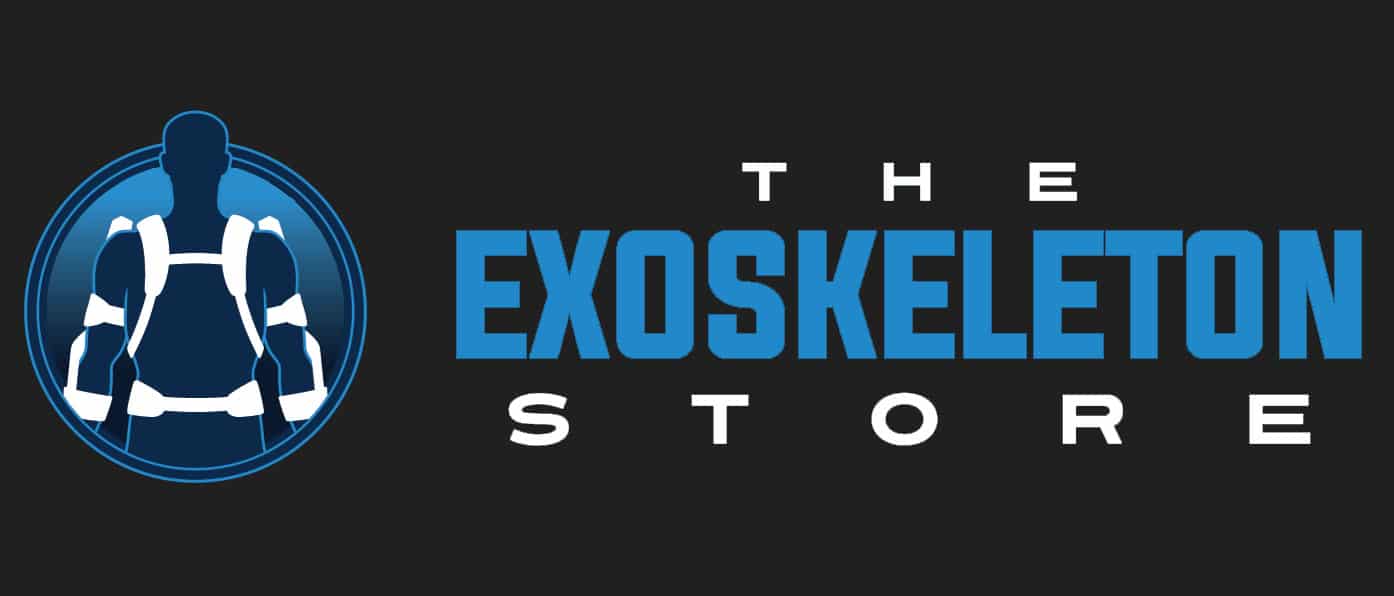
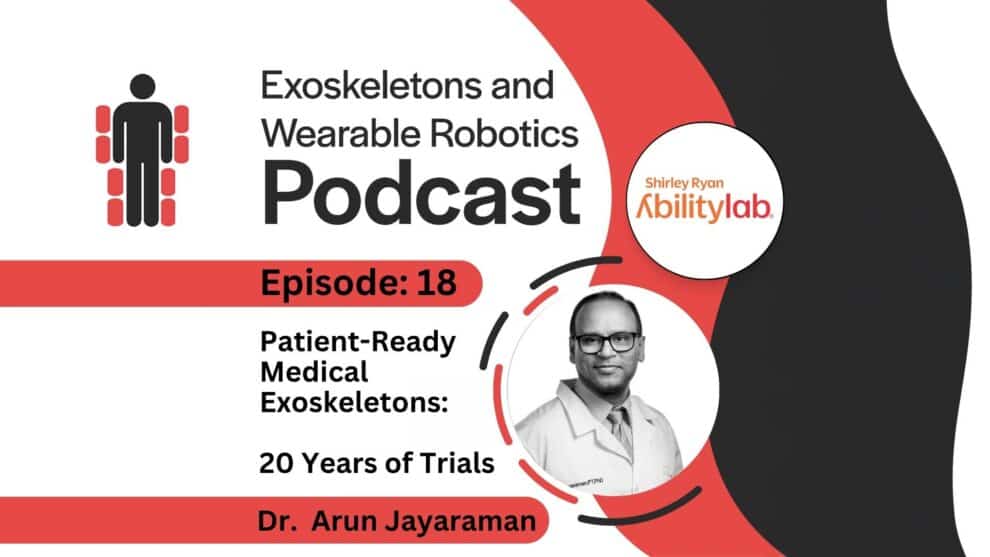
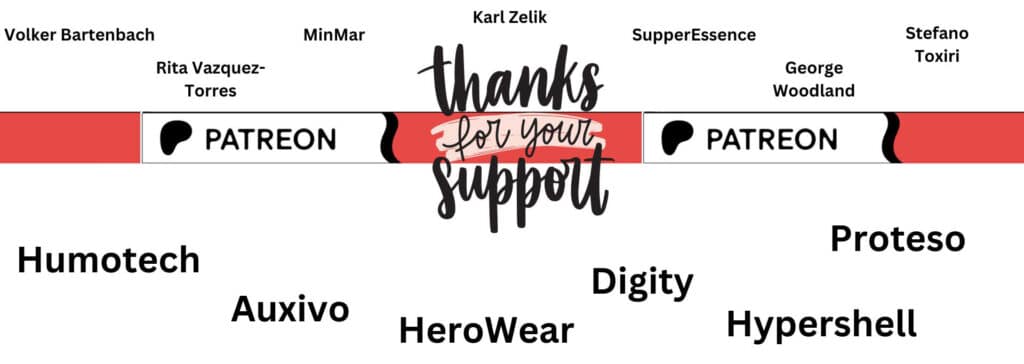

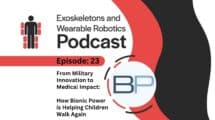
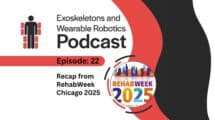



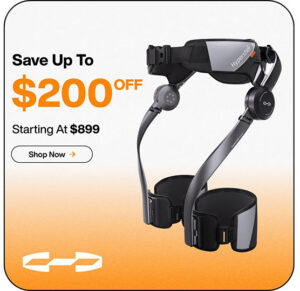
Add Comment